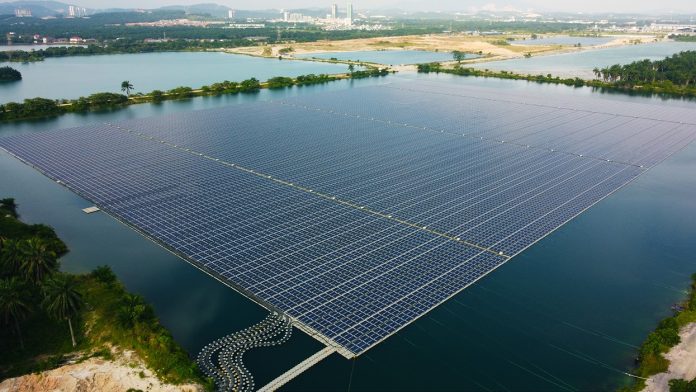Spain has sought to regulate the installation of floating solar PV on reservoirs in the country, issuing a list of requirements based largely on water quality.
Following Tuesday’s council of ministers, the Spanish Ministry for the Ecological Transition and the Demographic Challenge (MITECO) published a royal decree, relating to the installation of floating solar PV projects on publicly or state-owned reservoirs which are connected with existing grid connections in place.
Awarded licenses are to be temporary, lasting no more than 25 years.
The decree dictates the amount of the water’s surface PV projects can occupy, depending on the quality of the water below the installation. Mesotrophic waters, those considered ‘clear water’, will have a maximum capacity of 5% of the reservoir’s surface, however this increases to 15% for eutrophic waters, those with a high biological presence. Hypertrophic waters, those which have a high presence of algae, will be able to be covered by up to 20%.
In any situation, a maximum of three individual projects will be allowed at the same location and these could be asked to be installed progressively in order to ensure environmental impacts are respected and to avoid damage to the reservoirs.
MITECO will also establish tracking policies to study the possible environmental impacts and to better understand how the technology works, however the ministry did stress it sees it as “beneficial not only for energy production but also for the environment”.
PV Tech has collated the list of public reservoirs available for floating PV installations and their indicative surface availability below.
Spain issues new regulations for floating solar PV plants on public reservoirs
Spain’s decree on floating solar PV will help the country increase the installation of renewables rollout.
Source:PVTECH






